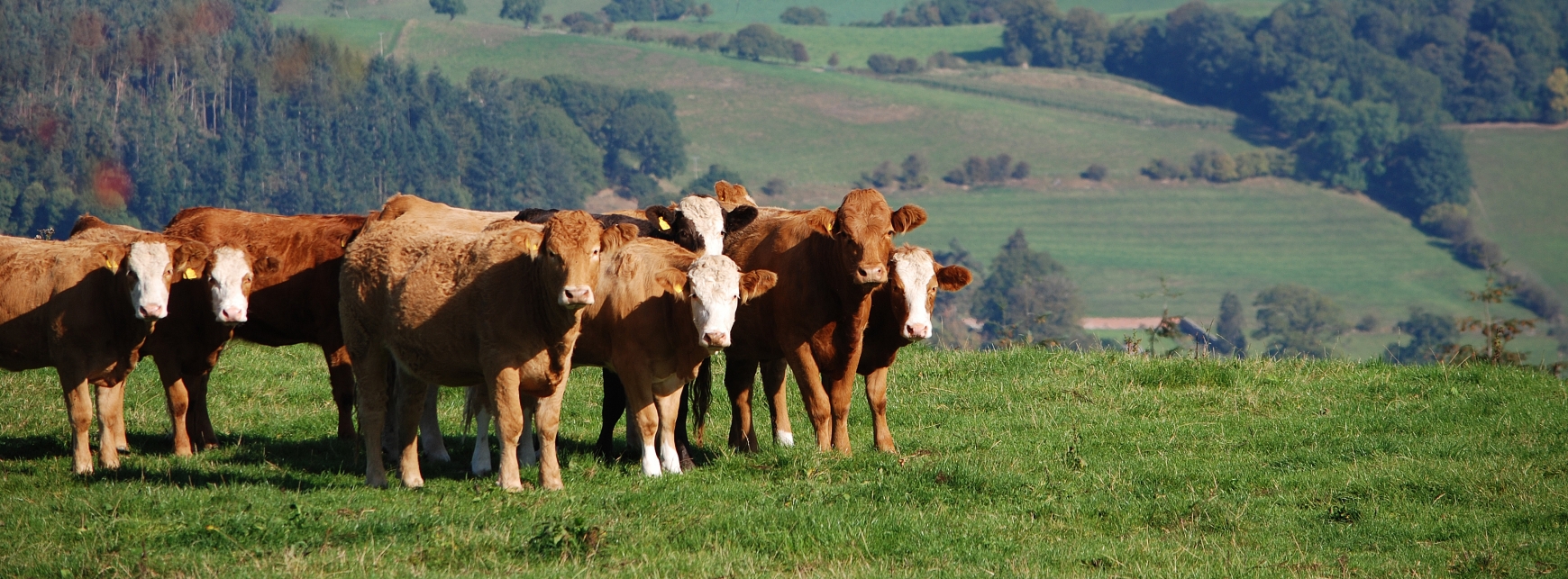There has been some discussion recently regarding the current benchmarking we use to quantify how harmful greenhouse gases (GHGs) are - Global Warming Potentials (GWPs). GWP weighs the potential that different gases have to cause warming to the environment, in comparison to an equivalent weight of CO2 over a certain timescale (typically 20 or 100 years).
The main GHGs that are relevant to farming and growing businesses are Carbon dioxide (CO2), methane (CH4) and nitrous oxide (N2O). Although per weight, CO2 has the lowest warming potential, it has by far the longest lifetime within the atmosphere, with increases to the atmospheric CO2 concentration remaining for potentially thousands of years. N2O has a higher warming potential and remains in the atmosphere for around 100 years. Of these three, methane is the best at capturing heat, but it only lasts in the atmosphere for around 10 years.
Due to this difference in lifetimes, the usefulness of GWP in its current state has been questioned. Is it fair that methane (and therefore ruminant livestock) is associated with such high equivalent carbon emissions when their contributions only last for 10 years in the atmosphere?
Well, yes and no. Depending on the source, methane has a GWP of around 30. This means that in the 10 years that methane is in the atmosphere, it will have caused 30 times the amount of heating that the same weight of CO2 would have caused in 100 years. If you instead looked at lifetime warming potential, methane could be closer to 1:1 with CO2.
However, the ways that they cause heating is different. Methane can be seen as an accelerator to climate change, causing lots of damage in a short time and contributing to feedback loops such as ocean warming and icecap melting, which release more GHGs into the atmosphere. Whereas CO2 acts more like a constant creeping baseload.
To simplify some complex processes, the majority of methane leaves the atmosphere in one of two ways, producing either water and formaldehyde, or water and CO2. Formaldehyde then tends to break down further into water and CO2. By mass, 1 kg of methane will (if all the products are broken down) produce 2.75 kg of CO2, which isn’t considered when calculating methane’s GWP.
Ultimately, the systems behind GHGs are interwoven, intricate and are very difficult to represent using simple metrics. GWP is not perfect, but if we look at replacing it, we should be very careful about claiming GHGs, such as methane, are less harmful than our current calculations indicate.


